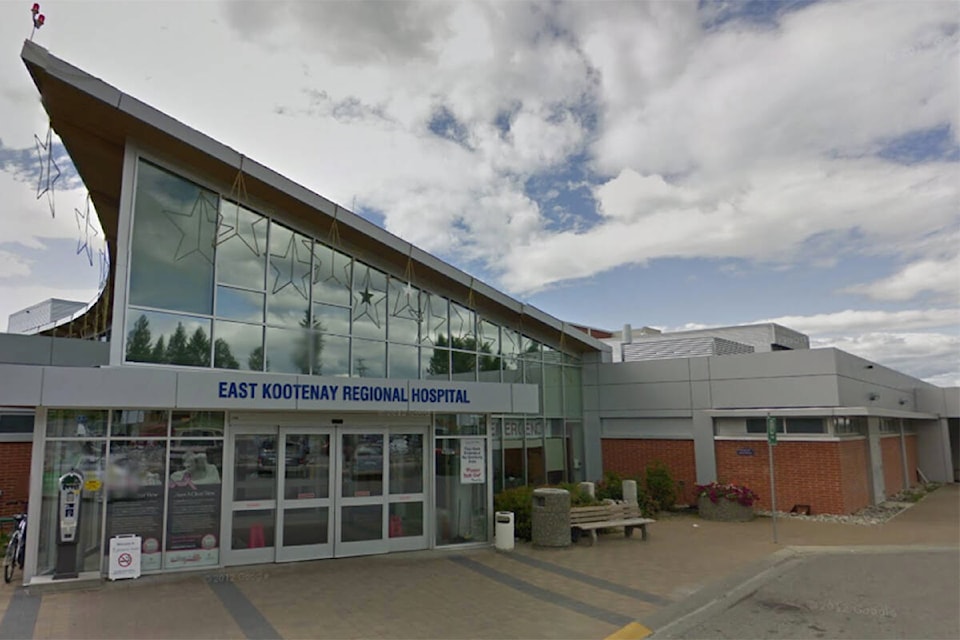Over the last two years, the province has implemented public health orders and mandates aimed at slowing the spread of COVID-19 in order to prevent hospital facilities and staff from being overrun.
In the early days of the pandemic, COVID-19 case counts were a heavily guarded secret at a local level, ostensibly to protect privacy. It took an intense amount of public and media pressure to get the B.C. Centre for Disease Control (BC CDC) and provincial officials to disclose case counts by community, which began by December 2020 — nine months after the province declared a state of emergency due to the coronavirus.
Despite an early declaration from Premier John Horgan that B.C. has been “as transparent as any jurisdiction in North America,” that is objectively not the case when it comes to COVID-19 data.
The province has now been through four waves, and is currently experiencing the fifth as the Omicron variant aggressively spreads through the province, overwhelming testing capacity and causing labour interruptions in workplaces.
On Monday, the province surpassed 1,000 people in hospital battling the respiratory disease.
Given that COVID-19 has exploded exponentially and that testing capacity has been exceeded, most are being told not to get tested and just assume they have COVID-19. That leaves a large gap between daily case counts and the reality of exposures.
Now, the key metric to watch is hospitalizations. In Interior Health, the BC CDC is reporting 163 hospitalizations, 27 of which are in critical care, as reported on Feb. 1.
Again, provincial officials have reported COVID-19 hospitalizations for months, both as a province-wide metric, as well as by health authority, via the BC CDC’s dashboard.
But that’s it — nothing more specific than the health authority level.
Two years into this pandemic, it is truly incredible that Interior Health and the province are not doing more to proactively keep smaller communities informed about the state of their localized health care systems. Especially when its rural residents that find themselves driving hours to a nearby hospital that doesn’t offer the same number of services as in large cities.
In an absence of data or information, people will seek out their own sources to fill that knowledge gap, which undermines trust in our public institutions. And just as the pandemic response has health-care workers pushed to the brink, so too are B.C. journalists exhausted fighting government for basic transparency at every step.
First-hand experiences from workers on the front lines is important, in terms of informing the community of the human cost and toll the pandemic is taking on our health care workforce. However, staff are discouraged from speaking with local media.
Asking Interior Health or the Ministry of Health for specific information by community or hospital facility can also be hit and miss.
For example, in the 2021 calendar year, the East Kootenay Regional Hospital had 93 hospitalizations for COVID-19, 65 hospitalizations that required ICU usage, and 11 deaths, according to a statement from the Ministry of Health.
But that’s all the information that was provided; no context or metrics over time, such as when those hospitalizations occurred or if they were connected to a surge in COVID-19 cases in Interior Health in the late summer.
A request for how Interior Health and the East Kootenay Regional Hospital is positioned to handle the Omicron wave was sent out on Jan. 11, in advance of the provincial modelled case count peak by mid-January. Answers to those local questions have yet to be provided.
Additionally, the Ministry of Health recently released documents to independent journalist Bob Mackin and CBC’s Justin McElroy, showing that it does track hospital occupancy rates as a daily metric by hospital facility.
The Townsman has asked for those daily reports, dating back to July 2021, in order to see how the EKRH occupancy rate changed over time as cases surged in the B.C. Interior.
Again, that request was made on Jan. 21, and a spokesperson says the Ministry of Health is looking into it.
At the end of the day, government is tracking that data, it just isn’t willing to share it proactively. And recent legislative changes have now put a $10 fee on Freedom of Information requests, which adds another barrier to information that should be freely and publicly available.
The East Kootenay Regional Hospital in Cranbrook is the only designated COVID-19 facility in a region that has an estimated 86,000 residents.
All told, there are 107 medical/surgical beds in the East Kootenay HSDA, 55 of which are at the East Kootenay Regional Hospital. Additional specialized beds at EKRH include 10 psychiatric beds, six Intensive Care Unit beds, four obstetrical beds, and two pediatric beds, according to Interior Health facility profiles.
Hospital beds mean nothing without trained professionals to care for patients and part of the “new normal” in this pandemic world has included stories of the ICU being over capacity, or health-care workers facing burnout, constant short-staffing issues or cancelling vacations to cover shifts.
And going on two years into this pandemic now, the broader community has a right to know just how severe an impact COVID-19 is having on the local health care infrastructure and workforce.
